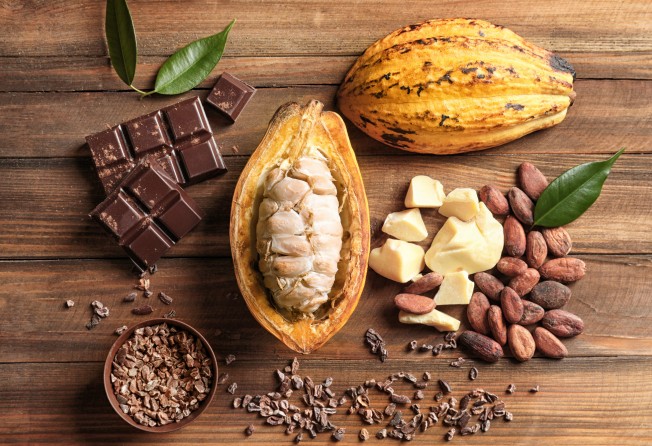
Why dark chocolate, not milk chocolate, is good for you, its health benefits including whether it boosts libido, and what to be careful of
- On World Chocolate Day, we look at the history of this indulgent treat and its myriad health benefits, from triggering our happy hormone to protecting our heart
- A nutritionist says it’s best to eat at least 70 per cent cocoa dark chocolate as other types can be high in calories and saturated fats
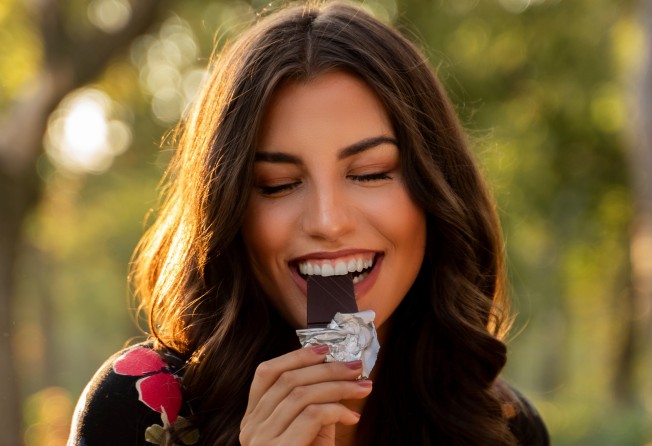
“Think of another name for chocolate.” That was the instruction on a childhood competition I once entered.
I thought hard. But what word would conjure the creaminess, the teeth-aching sweetness, the indulgence? I couldn’t come up with anything.
The irony is that the word derives from one that doesn’t speak to any of these properties: it is believed to come from the Aztec word xocoatl, which describes a bitter beverage brewed from the cacao bean, sometimes with a pinch of chilli, that was drunk 3,000 years ago in what is now present-day Mexico.
That it was usually drunk hot might explain why the other root of the word is thought to be in the Aztec word choqui, which means warmth.

History and making of chocolate
Cacao beans are harvested from cacao pods, then fermented, dried and often roasted. Next, the beans are stripped from their shells and crushed into nibs, which are then ground into a liquid – cocoa liquor, also known as chocolate liquor, though it does not contain alcohol.
The liquor is then pressed to separate the fat, which is known as cacao butter if it wasn’t roasted, cocoa butter if it was. The remnants are processed into cacao or cocoa powder.
It wasn’t until it made its way to the West and was married with sugar that the sweet treat we know as chocolate today was conceived. In 1847, the English firm Fry and Sons combined cocoa butter with chocolate liquor and sugar to produce sweet solid chocolate.
Thirty years later, Swiss chocolatier Daniel Peter added dried milk to it to make creamier milk chocolate.
Chocolate took off after it arrived in Europe and cacao plantations sprung up everywhere as the commodity soared in value. Estimates vary as to the size of today’s market, with figures of around 3 billion to 4 billion tons of cacao produced a year supplying a chocolate industry worth anything between US$35 billion and US$90 billion.
How chocolate is good for us
Chocolate in its purer, original form bears the most health-boosting benefits.
Sandra Carvajal, a nutritionist, health coach and yoga instructor at Stanley Wellness Centre in Hong Kong, says chocolate may have antidepressant properties due to its content of beta-phenethylamine, a neurotransmitter and mood enhancer that stimulates the release of dopamine – the “happy hormone”.
Chocolate contains phytonutrients such as epicatechin – which stimulates nitric oxide production and may improve circulation, muscle recovery and endurance – and flavonols with antioxidant properties that might help maintain the structure and physiology of cell membranes, and support heart health, she adds.
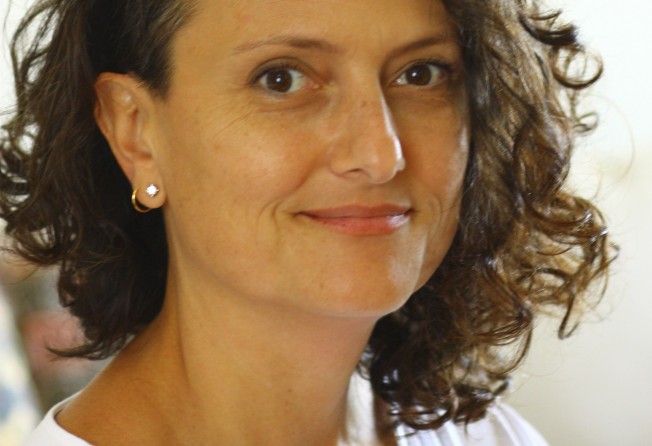
Many studies suggest dark chocolate is good for us in key ways. It might help to prevent heart disease and lower the risk of stroke; help improve cognition and boost your mood; and elevate good cholesterol while lowering the bad.
Some studies suggest it is good for your gut and could actually help with weight loss. How? It curbs cravings and helps you feel full longer.
And, despite warnings that eating chocolate could bring on acne, chocolate may have benefits for your skin.
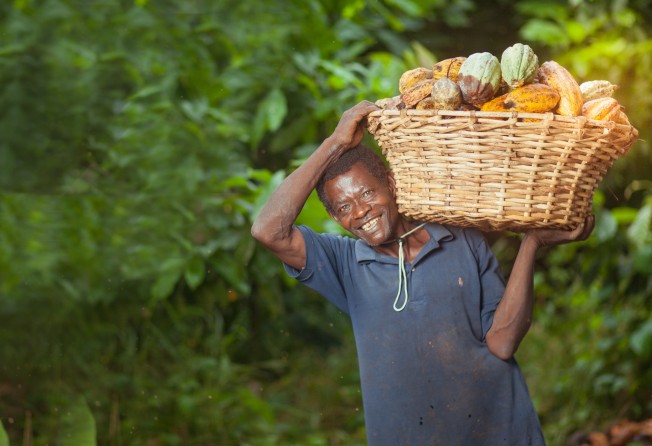
Be mindful of sugar and fat content
While it would be wonderful to realise all this healthy goodness from eating chocolate with abandon, Carvajal notes that many of these studies use cocoa supplements.
To reap any kind of benefit you’d need to be eating dark chocolate, at least 70 per cent cocoa, Carvajal says, and the less processed the better, because other types of chocolate generally contain lots of sugar and cacao butter that render it high in calories and saturated fats.
It is important to note, she says, that the amount of phytonutrients contained in a commercial bar of chocolate – even dark chocolate – “is far less than the amount in these supplements”. And the amount of sugar and saturated fat is a great deal more.

How chocolate may boost the libido
Is chocolate an aphrodisiac? In the United States, it is estimated that around 26 million kilograms (58 million pounds) of chocolate are sold in the week leading to Valentine’s Day on February 14, much of it in heart-shaped boxes (a clever marketing strategy invented by the Cadbury brothers, founders of UK confectionery Cadbury’s, in 1868).
Some studies lend weight to the hypothesis that chocolate might elevate libido. One chemical found in dark chocolate is quercetin, a flavonoid that works a bit like the drug Viagra in that its anti-inflammatory properties can relax blood vessels and increase blood flow to the genitalia.
In reality, the effects of this are limited to people with poor circulation. Besides, it’s most unlikely that any of the chocolate in those heart-shaped boxes contains a pure enough ingredient in high enough ratios of cacao to everything else to nudge the libido upwards.
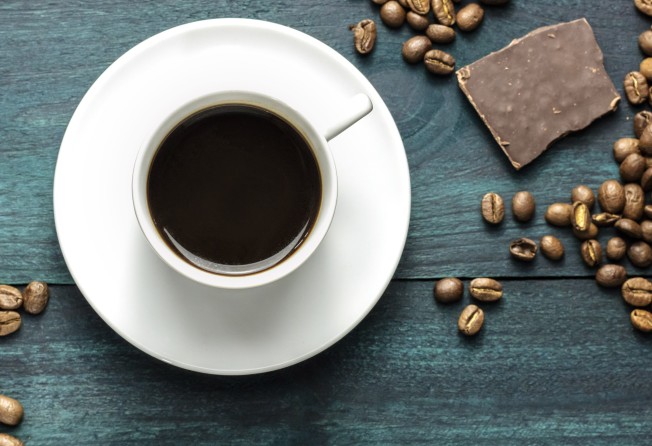
Long-recognised medicinal values
That said, some ancient civilisations believed cacao came with magical properties and bore important medicinal qualities. As such, it was often an important part of sacred rituals.
The Aztecs and Mayans deemed cacao a food of the gods and buried revered community members with bowls of cacao after they died (along with other items considered imperative in the afterlife). They also fed it to victors in battle. Because of this, it bore significant trading value, a currency if you like: money growing on trees.
Various explorers have been credited with delivering cacao to Europe, including Christopher Columbus and Hernán Cortés. When it first arrived in Spain, it was considered medicinal. Doctors prescribed it to cure fevers, to aid in digestion and as a painkiller.
Many painkillers today contain caffeine, which is also found in cacao. Indeed, it was the first caffeine source to reach Europe, before either tea or coffee. While it depends on what kind of coffee you drink and what type of chocolate you eat, “there is almost the same amount of caffeine in 100g [3.5oz] of dark chocolate as there is in 100g of American coffee”, Carvajal says.
“I eat an occasional piece of dark chocolate, and frequently use raw cacao in smoothies and for baking,” the nutritionist adds.
There you go – three little words to be mindful of next time you reach for the chocolate: “occasional”, “dark” and “cacao”. Take chocolate back to its purest origins and enjoy it sparingly.